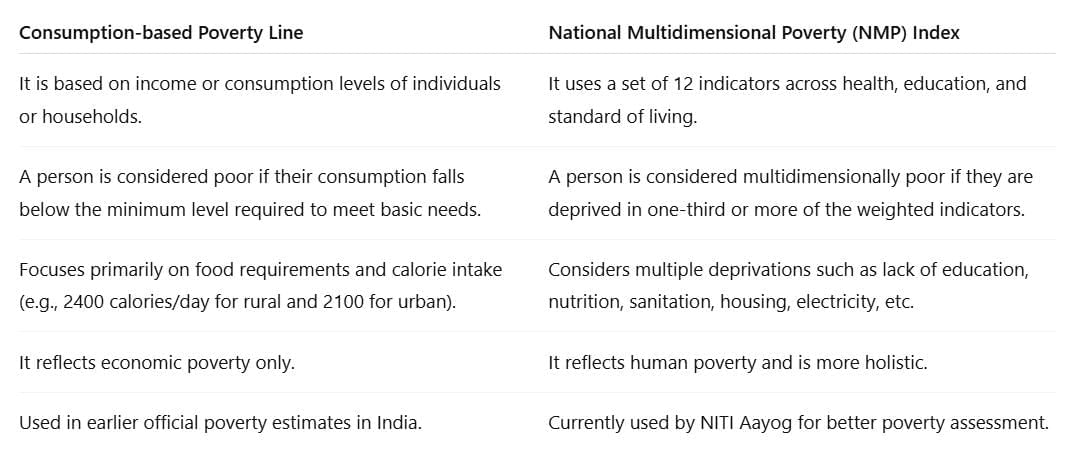NCERT Class- 8
Chapter-5: JUDICIARY
Exercise:
1. You read that one of the main functions of the
judiciary is 'upholding the law and Enforcing Fundamental Rights'. Why do you
think an independent judiciary is necessary to carry out this important
function?
Answer- The
independence of the judiciary allows the courts to play a central role in
‘upholding the law and Enforcing Fundamental Rights’ as it ensures that there
is no misuse of power by the legislature and the executive. Anyone can approach
the courts if they believe that their rights have been violated .
2. Re-read the list of
Fundamental Rights provided in chapter 1. How do you think the Right to
Constitutional Remedies connects to the idea of judicial review?
Answer :Because
the Right to Constitutional Remedies allows an Indian citizen to move the court
if he feels that any of his or her Fundamental Rights has been violated by the
State. As the final interpreter of the Constitution, the judiciary has the
power to review or even strike down any particular law passed by the Parliament
if it believes that this law violates the basic structure of the constitution,
which is called judicial review.
×3. In the Following
illustration, fill in each tier with the judgments given by the various courts
in the Sudha Goel case. Check your responses with others in class.
Answer : Lower
Court (Trial Court): Laxman, his mother Shakuntala and his brother-in-law
Subhash Chandra were sentenced to death
High Court:
Laxman, Shakuntala and Subhash Chandra were acquitted.
Supreme Court:
Laxman, Shakuntala were given life imprisonment while Subhash Chandra was
acquitted for lack of sufficient evidence.
×4. Keeping the Sudha
Goel case in mind, tick the sentences that are true and correct the ones that
are false.
(a) The accused took the
case to the High Court because they were unhappy with the decision of the Trial
Court.
(b) They went to the High Court after the
supreme Court had given its decision.
(c) If they do not like the Supreme Court
verdict, the accused can go back again to the Trial Court.
Answer:
(a) True
(b) They went to
the High Court after the Trial Court had given its decision.
(c) If they do not
like the Supreme Court verdict, the accused cannot go back again to the Trial
Court since the Supreme Court is at the highest rung of the judiciary pyramid.
5. Why do you think the
introduction of Public interest Litigation (PIL) in the 1980s is a significant
step in ensuring access to justice for all?
Answer- The
introduction of Public Interest Litigation (PIL) in the 1980s is a significant
step in ensuring access to justice for all because it also keeps in mind the
interests of the illiterate and poor who are not educated enough or cannot
afford to access the Indian legal system for justice against exploitation or
violation of their basic human and Fundamental Rights.
6. Re-read excerpts from
the judgment on the Olga Tellis vs Bombay Municipal Corporation case. Now write
in your own words what the judges meant when they said that the Right to
Livelihood was part of the Right to Life
. Answer: In Olga Tellis vs. Bombay Municipal Corporation
case, the judges said that the Right to Livelihood was part of the Right to
Life. They stated that life does not merely imply an animal existence; it
cannot be lived without a means of living, that is, "the means of
livelihood". The judges conferred that eviction from a pavement or slum is
deprivation of means of livelihood for the poor who cannot afford to live
anywhere else. They take up small jobs in surrounding areas and to lose their
pavement or slum would lead to loss of a job resulting in loss of a means of
livelihood. Consequently, leading to "deprivation of life". This is
how the judges connected Right to Livelihood to the Right to Life.
Extra
questions
Q1. When
was the Supreme court was established in India?
Answer:The Supreme court was established on 26th Jan
1950 the day India became a Republic.
Q2. How
is the work of the judiciary categorised?
Answer: The Judiciary comprises of courts that take
decisions on a very large number of issues. The work of the judiciary can be
divided into 3 categories, namely
1)Dispute Resolution,
2)Judicial Review and
3)upholding the Law
and Enforcing Fundamental Rights.
Q3. State the basic difference b/w
criminal law and civil law.
Answer:The basic difference is:
Criminal law: Deals with conduct or acts that the law defines
as offences. For example, theft, harassing a woman to bring more dowry, murder.
Civil law: Deals with any harm or injury to rights of
individuals. For example, disputes relating to sale of land, purchase of goods,
rent matters, divorce cases.
Q4.What
is Judicial Review?
Answer::As the final interpreter of the Constitution,
the judiciary also has the power to strike down particular laws passed by the
Parliament if it believes that these are a violation of the basic structure of
the Constitution. This is called Judicial Review.
Q5. Write
a brief note on the independence of the judiciary.
Answer: The Judiciary of India is an independent body.
It is separate from the Executive and Legislative bodies of the Indian
Government. The Executive and Legislature, that is the Central and State
Governments, cannot interfere in the work of the judiciary.Judges in the
High Court as well as the Supreme Court are appointed by the President with
very little interference from the other branches of the government. It is also
very difficult to remove a judge from his post.
Q6: What
is the structure of the judicial system of India?
Answer:The judicial system of India is stratified into
various levels. At the apex is the Supreme Court, which is followed by High
Courts at the state level, District Courts at the district level and Lok
Adalats at the Village and Panchayat Level.



No comments:
Post a Comment